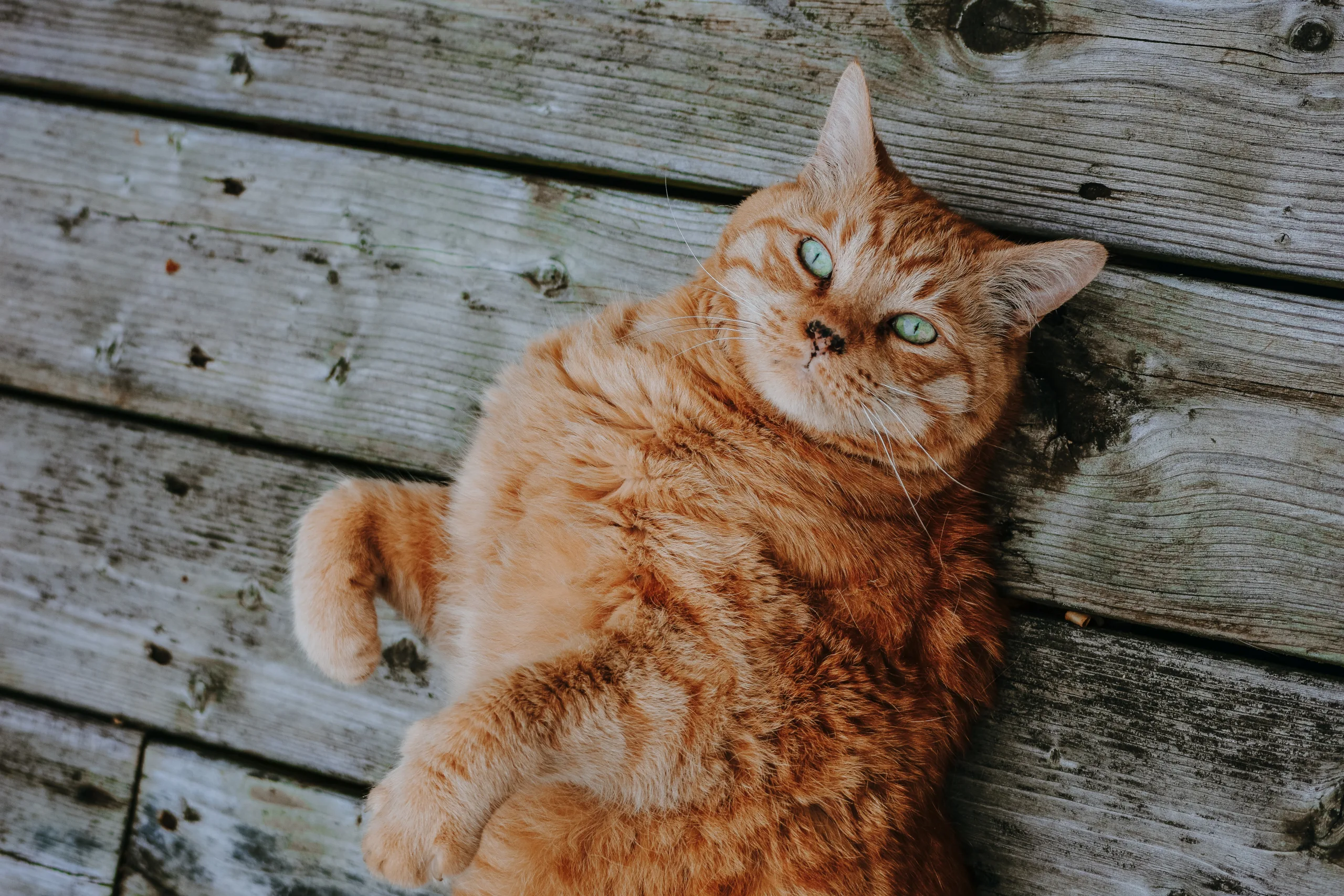What Percentage of Cats Like Belly Rubs? If you’re a cat owner, you’ve likely experienced the delightful yet sometimes elusive pleasure of giving your feline friend a belly rub. While some cats absolutely revel in this affectionate gesture, others might react with a swift swipe of the paw. In this article, we will delve into the intriguing world of cats and belly rubs, exploring the reasons behind their preferences and providing insights into how you can foster a positive bonding experience with your feline companion.
For more about cats click here
Cats and Belly Rubs: Understanding the Dynamics
1. Individual Variability:
Just like humans, each cat has its own unique personality and preferences. While some cats adore belly rubs and actively seek them out, others might feel vulnerable or uncomfortable when their belly is exposed, leading to varying responses.
2. Trust and Bonding:
Instinctual Caution: Cats are naturally cautious animals, and their belly is a vulnerable area. In the wild, exposing their belly to potential predators could lead to serious harm. As a result, some cats may instinctively protect this area and be more selective about who they allow to touch it.
Bonding Experience: Offering belly rubs to a cat requires building a strong foundation of trust. Cats that have a close and secure relationship with their owners are more likely to tolerate and even enjoy belly rubs.
3. Sensitivity and Control:
Sensitive Area: The belly is one of the most sensitive parts of a cat’s body. While some cats enjoy gentle touches in this region, others might find it overstimulating or uncomfortable.
Control and Autonomy: Cats are known for their independence and desire for control. When you reach out to touch their belly, they might interpret it as an invasion of their personal space, leading to mixed reactions.
Understanding Your Cat’s Preferences:
1. Observing Body Language:
Relaxed Posture: If your cat exposes its belly and remains relaxed while you gently stroke or rub it, this is a positive sign that your cat enjoys the interaction.
Tense or Defensive Posture: If your cat tenses up, tucks its paws close to its body, or swats at your hand when you attempt to touch its belly, it’s an indication that your cat might not appreciate belly rubs.
2. Gradual Introduction:
Respect Boundaries: If your cat seems hesitant about belly rubs, don’t force the interaction. Instead, allow your cat to set the pace and gradually introduce belly rubs over time.
3. Other Preferred Petting Spots:
Chin and Cheeks: Many cats love being petted on the chin and cheeks. This area is less sensitive and often associated with positive interactions.
Top of the Head: Gently stroking the top of your cat’s head is another popular petting spot for many cats.
FAQs on What Percentage of Cats Like Belly Rubs?
Q1: Do cats like their stomachs rubbed? While some cats enjoy belly rubs, others might find them uncomfortable or overstimulating due to the sensitivity of the area.
Q2: What breed of cat likes belly rubs? There is no specific breed that universally enjoys belly rubs. It varies from cat to cat based on their individual personalities and experiences.
Q3: Where do cats like to be petted the most? Cats often enjoy being petted on the chin, cheeks, and the top of their head. These areas are generally less sensitive and associated with positive interactions.
Q4: Where do cats not like to be petted? Cats are more sensitive around their belly, paws, and tail. Some cats might not appreciate being touched in these areas.
Q5: Where is a cat most sensitive to touch? The belly is one of the most sensitive areas for cats. While some cats enjoy belly rubs, others might react defensively due to the vulnerability of this area.
Q6: What sense do cats hate the most? Cats have a heightened sense of smell, and they might be sensitive to strong or unfamiliar odors. However, it’s important to note that each cat’s preferences can vary.
Conclusion:
Understanding your cat’s preferences when it comes to belly rubs is essential for fostering a strong bond and positive interaction. While some cats enjoy the sensation, others may find it uncomfortable or even distressing. Pay attention to your cat’s body language, respect their boundaries, and focus on the areas they do enjoy being petted. Building trust and catering to your cat’s individual preferences will help create a harmonious and loving relationship between you and your feline friend.
Click here for more
